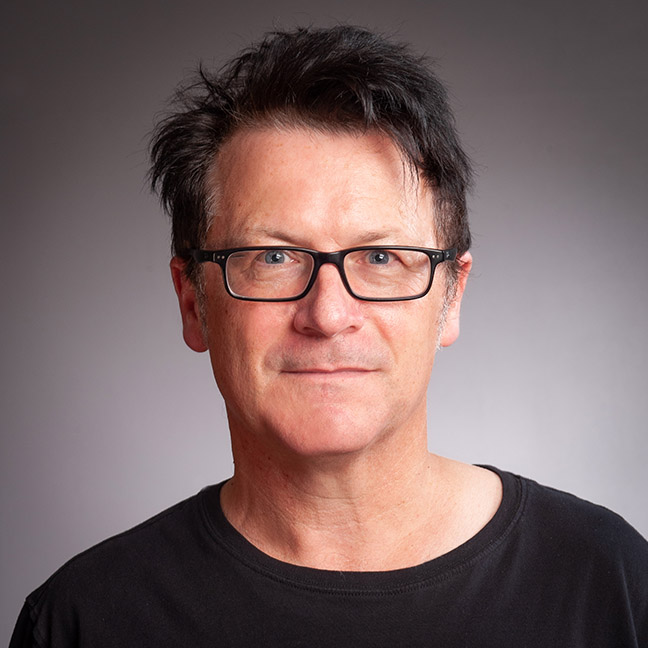Stephen J Curran
Senior Lecturer
School of Chemical and Physical Sciences
See my private page.
I am a radio astronomer based at Te Herenga Waka—Victoria University of Wellington in New Zealand. The distance to the objects I research scales with the distance from my native Scotland. Specifically, I started with objects in our own Milky Way while at Jodrell Bank Observatory (University of Manchester) in England. From the known population of binary pulsars, I predicted that (then forthcoming) gravitational wave detectors would have to probe to cosmological distances in order to observe gravitational waves from the mergence of two massive, dead stars, in a reasonable time-scale. This was verified when the first gravitational waves were recently detected by LIGO at a distance of 1.3 billion light-years.
Moving from objects in our own Galaxy, for my PhD at Onsala Space Observatory (Chalmers University) in Sweden, I studied the star-forming gas in ‘nearby’ active/starburst galaxies, focusing on the Circinus galaxy at a distance of 13 million light-years. Following this, I moved to Australia (University of New South Wales and University of Sydney), via Chile (European Southern Observatory), to study the neutral gas in galaxies absorbing light from more distant quasars. Now in New Zealand I study the gas feeding the quasars themselves, the most distant objects in the Universe (at billions of light-years).
In particular, I study cold hydrogen gas, which gives the Universe its heat and light, by providing the raw material for the formation of stars. While stars themselves are hot, they can only form from the coldest gas (10 degrees above absolute zero), in which a giant (light-year) cloud of hydrogen can collapse under its own gravity, before attaining sufficient pressure to undergo the thermonuclear fusion which ignites the proto-star.
Over the course of a star’s multi-billion-year lifetime, the fusion of hydrogen into heavier elements is the only way to produce the materials that make up our planet and own bodies—everything from silicon to carbon to oxygen. Therefore, the study of cold hydrogen in the distant and most ancient reaches of space is crucial to our understanding of how the present-day Universe came to be.
The spectroscopy of atomic and molecular species at high redshift provides a probe of the distant, and therefore early, cosmos. These can be used to study the content of baryonic (normal) matter in the Universe, the history of star-formation, and the evolution of galaxies—as well as enabling us to test the standard (Big Bang) cosmological model. Such systems also offer the only experimental test of current Grand Unified Theories of physics at large look-back times, through measurements of the fundamental constants of nature over the entire history of the Universe.
Using the world’s largest radio telescopes, I discovered that hydrogen is missing in very distant (and therefore very young) galaxies, when we should actually expect more than at the present time, before its consumption in star formation. I showed that this is a selection effect, where the traditional optical pre-selection of targets biases towards the most ultra-violet luminous objects in the Universe. This intense radiation, emanating from the material spiraling at close to the speed of light into the super-massive black hole, at the heart of each galaxy, makes these objects (quasars) visible from the other side of the Universe. However, it also rips apart every atom in the host galaxy and while in this ionised state the gas cannot collapse to form stars.
Given that galaxies in nearby Universe in rich with cold gas, such as our own Milky Way, this implies that there must be an unknown population of galaxies, hidden from optical spectroscopy, in the distant Universe which created the first stars. With the bandwidths of the next generation of large radio telescopes, such as the Square Kilometre Array, which will be the world’s largest scientific instrument, this ‘invisible’ population will be readily detectable. The discovery of this unknown population will give us unique insight into the nature of the Universe.

